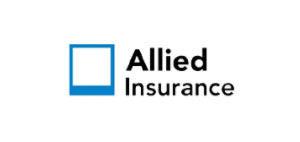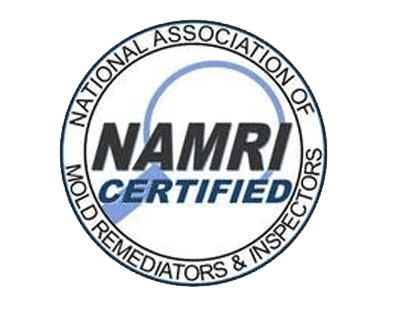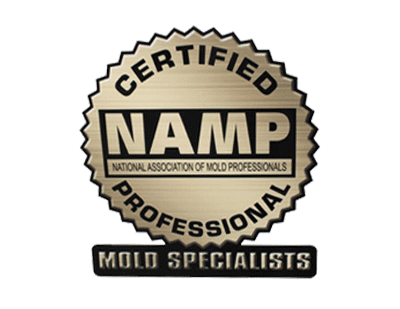This benign organism is important to eradicate for the following reasons:
- Main Source of Childhood Asthma
- Causes a Wide Range of Other Health Issues
- Seriously Devalues Property
- Jeopardizes Insurance Coverage
What is Mold?
Mold, a microscopic organism, is a type of fungus that grows and flourishes optimally in humid and damp moisture conditions on surfaces mainly organic in nature. Unfortunately, these surfaces include household areas like drywall, wood framing members, wallpaper, wall paints, carpet, and more.
Mold quickly spreads once it takes hold in any of these areas. In ideal conditions, mold releases spores (seeds) into the air to further its growth. This aspect is where the danger lies. These spores are known to cause many adverse health effects. Many times determining the source of mold is difficult. A primary indication of an interior mold problem is a musty smell in certain areas or throughout a building or home.
Consider These Facts About Mold and Water Damage
According to the EPA, we spend 90% of our time indoors.
The Insurance Information Institute says mold is one of the most costly environmental claims today facing property owners, builders, contractors, and construction material manufacturers.
A Mayo Clinic Study linked nearly all chronic sinus infections that trouble approximately 37 million Americans to mold. Recent studies have also linked mold to the tripling of the asthma rate over the past 20 years.
A Harvard University Study of 10,000 homes in the United States and Canada found over half of the houses had water damage and mold. The study associated the presence of mold with a substantially higher level of respiratory problems.
The American Lung Association and the US Consumer Products Safety Commission estimates a third or even half of all buildings in the US have mold-encouraging, damp conditions. The study goes on to say these conditions are indicative of a problem; mold doesn’t go away or become healthier over time.
Why is Mold a Health and Expense Problem?
The EPA lists all molds as allergens. The proteins within mold cells cause an immune-attack response in the human body. Mold is proven to cause symptoms such as eye irritation, nasal congestion, fatigue, skin rash, cough, headache, or difficulty breathing.
Additionally, some molds can release micro-toxins that can be carcinogenic and highly toxic. These micro-toxins have profound effects on a person’s well-being when breathed in or ingested regularly over a long period. Prolonged exposure to high amounts of mold spores and micro-toxins results in serious health risks like pulmonary bleeding, renal toxicity, pregnancy complications, neurotoxicity, hypersensitivity, and cancer.
Common Mold Health Symptoms
Here are some of the short and long term signs that you may have mold in your home that could be impacting your health.
Short Term Exposure Problems
- Eye Irritation
- Nasal Congestion
- Fatigue & Tiredness
- Skin Rashes
- Persistent Coughs & Headaches
- Difficulty Breathing or Asthma
Long-Term Exposure Problems
- Pulmonary Bleeding
- Renal Toxicity
- Pregnancy Complications
- Neurotoxicity
- Hypersensitivity
- Cancer
Real Estate Devaluation
Identifying a Mold Problem
Ignoring a mold problem while you occupy the building or home is one thing, but what happens when it comes time to sell? A real estate inspection will always target water damage and mold. Until you can prove you’ve had the damage professionally remediated, it’s the primary factor to preventing the property from selling. Trying to fix the problem yourself at this point will not cut it. Mold affects your property value through either conceding the remediation costs from the sales price or through out-of-pocket expenses.
Obvious Mold Problems
Water leaks such as leaky roofs and pipes are obvious sources of moisture. Bathrooms, kitchens, laundry rooms, attics, basements, and crawlspaces are prime mold growth locations, but mold may be in any area of your home or building. The bottom line is, a pipe or water heater tank leak may cause a significant amount of water damage when the water seeps into baseboards, walls, or under flooring. You can pretty much bet on a future mold growth problem.
These photos are pretty obvious examples of a neglected, constantly damp basement, a significant roof leak behind the walls, and a highly humid laundry room. Musty odors are a sign of mold contamination. Smelling and observing a significant mold infestation means you already have a severe mold issue that needs immediate attention.
“Not So Obvious” Mold Problems
Mold Red Flags
There are many signs you can look for that can be indications of mold contamination. The smell test is key. Musty odors in certain areas of the house indicate something is going on behind the walls or under the floors.
Here are some other red flags you should be aware of:
- Unexplained health issues, especially apparent when in the home or building only
- Discovering water damage or excess moisture
- Observing dark or black discolorations around baseboards or light switches
- Discovering areas of poor ventilation
Mold in Roofs & Attics
If your roof is old or if you are aware of minor leaks, it would be in your best interest to thoroughly check your attic for mold.
At some point, water damage is inevitable with basements where you typically find water pipes, water heaters, and laundry areas. Especially in circumstances where a weather flooding event occurred, with basements being underground, rain may seep through cracks in the basement’s concrete walls or floor.
Mold in Basements & Crawlspaces
Most of us are not inclined to crawl under our home or building regularly. Water pipes are typically running through crawlspaces and exposed to temperature fluctuations. Over time, they are prone to fail, leak, or rupture. In many cases, the crawlspace has ineffective moisture barrier protection, and heavy rain and flooding could cause occasional flooding or long-term puddling under the house. Your exposed wooden rafters and beams become ideal organic breeding grounds for mold, especially in older homes with untreated wood.
Property owners who are reasonably aware of the consequences of water damage are also mindful of when a particular property is at risk. Frequent inspections of the property’s crawlspace would be warranted to mitigate an expensive problem before it gets out of control.



























